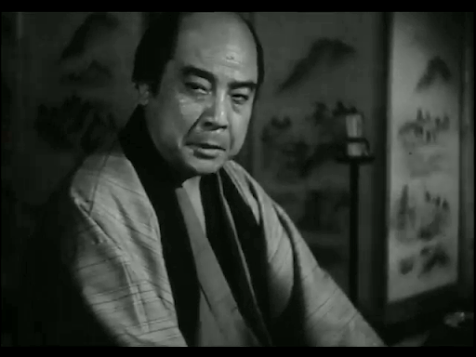Obscure Japanese Film #98
 |
| Hibari Misora |
This Toei production set in the Heian period stars singing sensation Hibari (‘Skylark’) Misora as Princess Tamaori, a young noblewoman who travels to Kyoto with her mother, Lady Tsubaki (Chiaki Tsukioka), to meet her estranged father, Lord Tsunemori (Makoto Usami), for the first time. On the way, she stops to sing a song and attracts the attention of Prince Atsumori (Hashizo Okawa), a music-loving member of the Heike clan who whips out his flute and joins her in a duet. It’s a case of love at first sight, but when she reaches Kyoto, she’s shocked to learn that Atsumori is her half-brother by a different mother.
Meanwhile, her mother is having an affair with Lord Tokitada (Masao Hori), a wily schemer who has a plan to gain power and influence by arranging a marriage between Tamaori and Konoe Motomichi (Akashi Ushio), the chief advisor to the Emperor. Atsumori has his own troubles, too – he's being pursued by Princess Katsura (Michiko Hoshi), who is determined to marry him and won’t take no for an answer. As these personal affairs become increasingly problematic, war breaks out between the Heike clan and their rivals, the Genji clan…
Although technically this could be labelled a musical, there are no big Hollywood-style production numbers, just occasional pauses for Hibari to sing part of a song. Like her counterpart Chiemi Eri (born the same year), Hibari also had some acting ability, and she’s especially convincing in a scene towards the end in which she suffers an emotional breakdown. For the rest of the picture, she seems more subdued than usual, perhaps because she’s playing quite an unhappy character. On the other hand, maybe she was just knackered as she was starring in ten films a year at this point. In any case, it’s Michiko Hoshi who steals the film here as her tactless, insinuating, bitchy rival. She comes as something of a breath of fresh air in contrast to the other characters, who are mostly solemn and rather dull, especially the flute-playing warrior himself. At the time of writing, Michiko Hoshi is still with us at the age of 97.
The literary source is a play by Hideji Hojo (1902-96), who based many of his works on The Tale of Genji, which seems also to have been the case here. The director, Yasushi Sasaki (1908-93), was a veteran who specialised in period films and directed around 20 Hibari vehicles. With a reputation for working quickly and making commercially successful movies, he was highly valued by the studios he worked for, but made little dent on film history. Nevertheless, The Flute-Playing Warrior remains an enjoyable piece of entertainment from a bygone era.




























